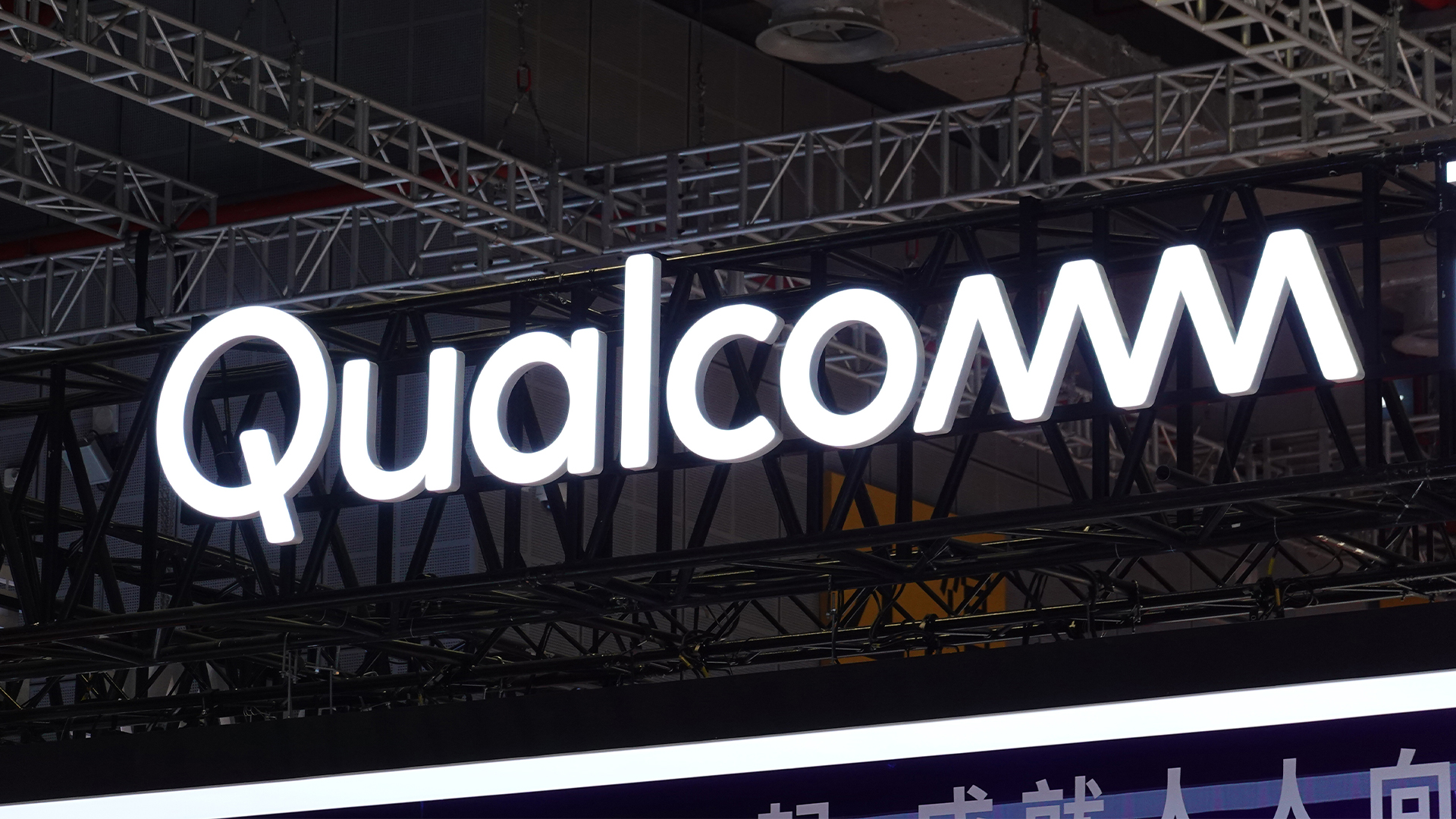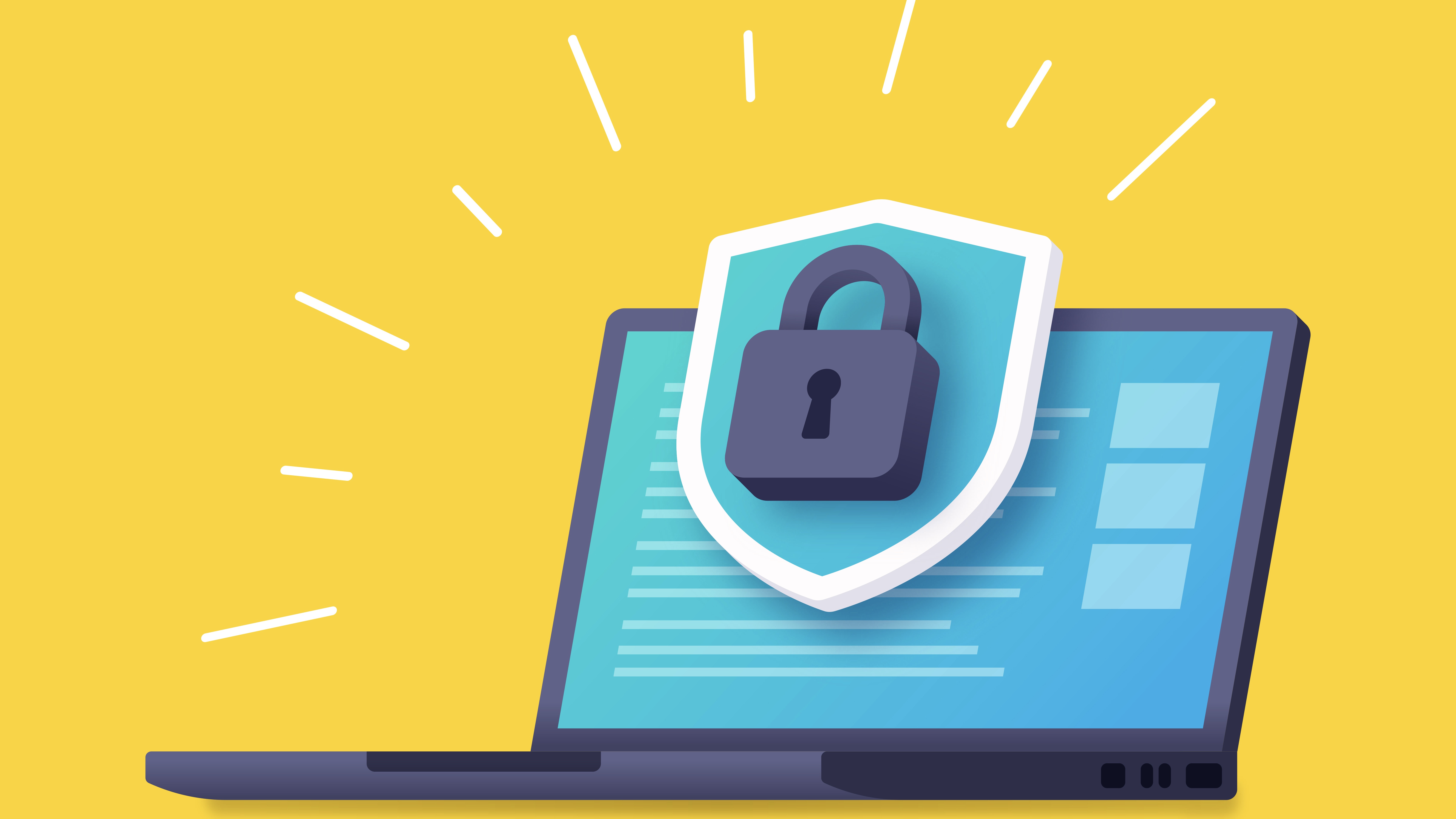Windows 8: Making it work in the enterprise
Industry watchers have repeatedly questioned how business users will take to Windows' radical new look, but will its new security and BYOD friendly features be enough to make it a hit in the enterprise?
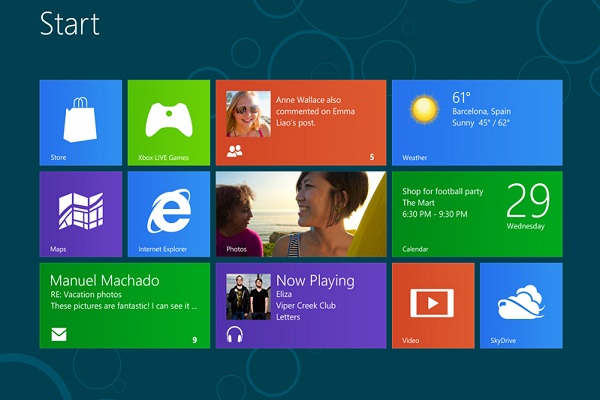
Wiltshire-based Bechtle recently hosted a Windows 8 event to show businesses and IT buyers how to use its main features.
"We were able to run through the basics of Windows 8, and the people who attended were able to jump in and feel more confident using it," said Gibbons.
"Within 48 hours we were getting feedback from customers who had gone home, downloaded the preview, and had linked up their mail client to Office 365 or were managing VMware through this connector on a Windows 8 machine, for example."
Windows 8 is a great tablet OS and I expect to see quite a few execs expensing a Windows 8 tablet.
Despite what people say, Gibbons said there tends to be some form of learning curve for users when all new versions of Windows drop. And, where supposedly problematic features like Bimodal View are concerned, the IT department can usually offer a fix.
"A lot of users won't be doing much when it comes to settings on their local machines [because that will be] taken care of centrally by the IT department through group policy and Active Directory," he said.
An example of this is the Start Menu, which our Microsoft channel source said IT pros can easily reinstate by pre-installing Stardock's Start8 software on every Windows 8 PC they rollout across their business.
Sign up today and you will receive a free copy of our Future Focus 2025 report - the leading guidance on AI, cybersecurity and other IT challenges as per 700+ senior executives
The $4.99 product, our source predicts, will go on to become the "best selling Windows 8 add-on."
"For many IT pros, it is only after installing Start8 that Window 8 makes any sense to them," said our source, before taking aim at the operating system's reliance on keyboard shortcuts.
"You have to remember keyboard shortcuts to do things quickly, but some of my customers can't even remember their passwords to log in, so that's going to be fun," he added.
Windows of opportunity
Aside from companies that need to make the break from XP, there could still be a place for Windows 8 in companies that have already upgraded to Windows 7, thanks to the Bring Your Own Device (BYOD) trend.
"Windows 8 is a great tablet operating system and I expect to see quite a few execs expensing a Windows 8 tablet, slate or hybrid laptop and telling their IT departments to just make it work'," said Quocirca's Longbottom.
To accommodate this, IT departments will need to get up to speed with Windows 8, but can do so at a more relaxed pace than if a company-wide rollout were taking place.
"Once [the IT staff] are retrained, then the users who make the most noise about wanting Windows 8 can be given it as the support infrastructure is already in place," he said.
Bechtle's Gibbons said he is already seeing evidence of companies that are planning to keep their desktop devices running on Windows 7, but introduce tablet devices that feature its successor.
"Microsoft has done a lot of work to ensure the two operating systems integrate with each other, meaning everything that runs on Windows 7 runs on Windows 8," said Gibbons.
"Some firms would probably prefer not to run two operating systems side-by-side, but it is really not a hard thing to do."
This multi-device approach is something Microsoft seems to be encouraging, if the introduction of its Companion Subscription License (CSL) programme is anything to go by.
Only firms that have Windows 8 with software assurance can qualify for a CSL, but it allows users to access their corporate desktop from up to four "personally" or "corporate non-x86 devices."
What's Windows To Go?
This feature of the Enterprise edition of Windows 8 lets users securely boot up a copy of their desktop using a USB or external hard drive.
In the past, end users that wanted to access their Windows 7 desktop from other devices would have to purchase a separate license for each one, explained Gibbons.
"Even if they never planned to use that device again, they would still need to buy one, just to be correctly licensed," he said.
He calculates that the introduction of CSL means organisations can now embrace BYOD for around a "quarter of the price" that they could with Windows 7.
"Not many people really get into it [licensing] so the CSL doesn't always get as much attention as it should do, but I certainly think for the bigger organisations this could be a deciding factor in their adoption of Windows 8," he added.
Making its debut on the Enterprise edition of Windows 8 is Windows To Go, which Gibbons said should also encourage adoption of the OS across multiple devices.
This feature allows end users to securely boot and run their business desktop from a USB drive or external hard disk on their home PC, explained Gibbons.
"Everyone, users and techies, said Microsoft should move towards a more user-centric model across all their products, and [Windows To Go and CSL] are going a long way towards that," he said.
What's a CSL?
A Companion Subscription License allows Windows 8 Software Assurance customers to access the operating system from up to four devices.
Another new feature that might persuade end users to upgrade is the inclusion of Microsoft BitLocker hard drive encryption in Windows 8 Professional.
"When Windows 7 came out, this was only available in the Enterprise edition and everybody said it should be included in the Professional version because every company needs encryption," said Gibbons.
"Microsoft have listened to that feedback and, if you're on XP, I'd say that alone is worth moving to Windows 8 for."
IT Pro approached Microsoft for comment on this feature, but was told that no-one from the Windows team would be available to interview.
-
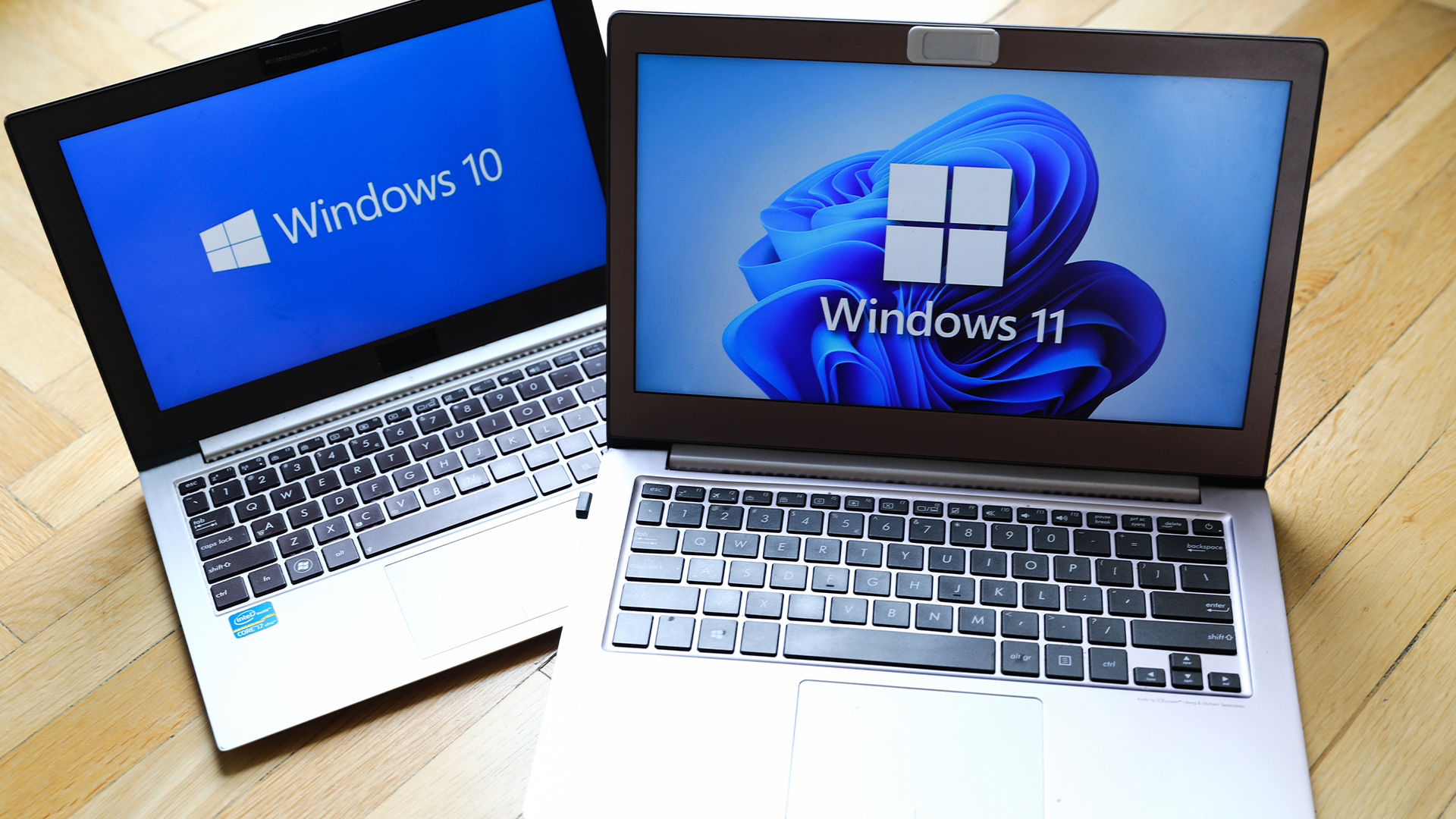 Windows 10 extended support costs could top $7 billion
Windows 10 extended support costs could top $7 billionNews Enterprises sticking with Windows 10 after the October deadline face huge costs
-
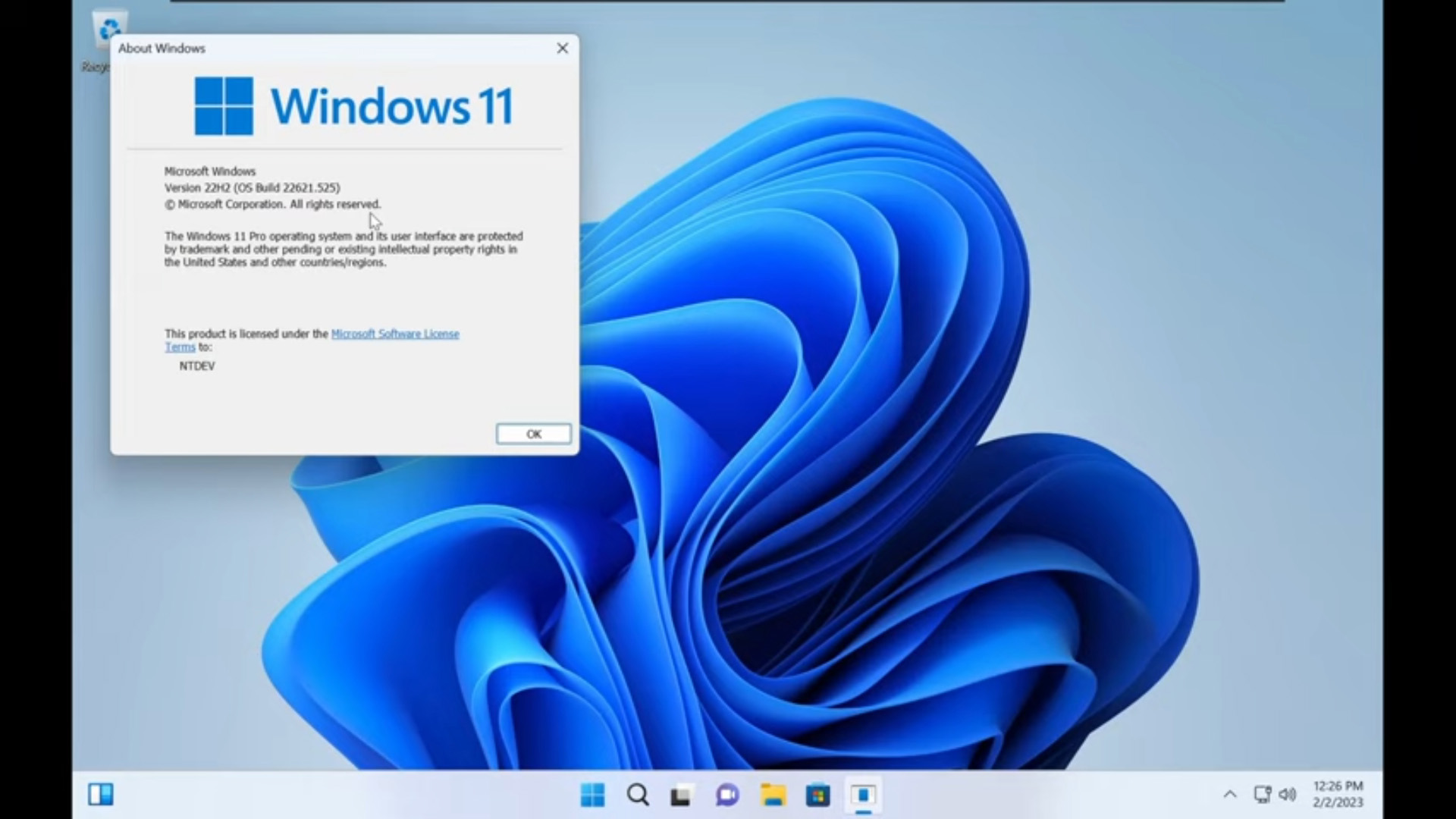 Tiny11 review: Windows 11 with only 2GB of RAM
Tiny11 review: Windows 11 with only 2GB of RAMReview A version of Windows 11 for older machines that don't meet the full requirements
-
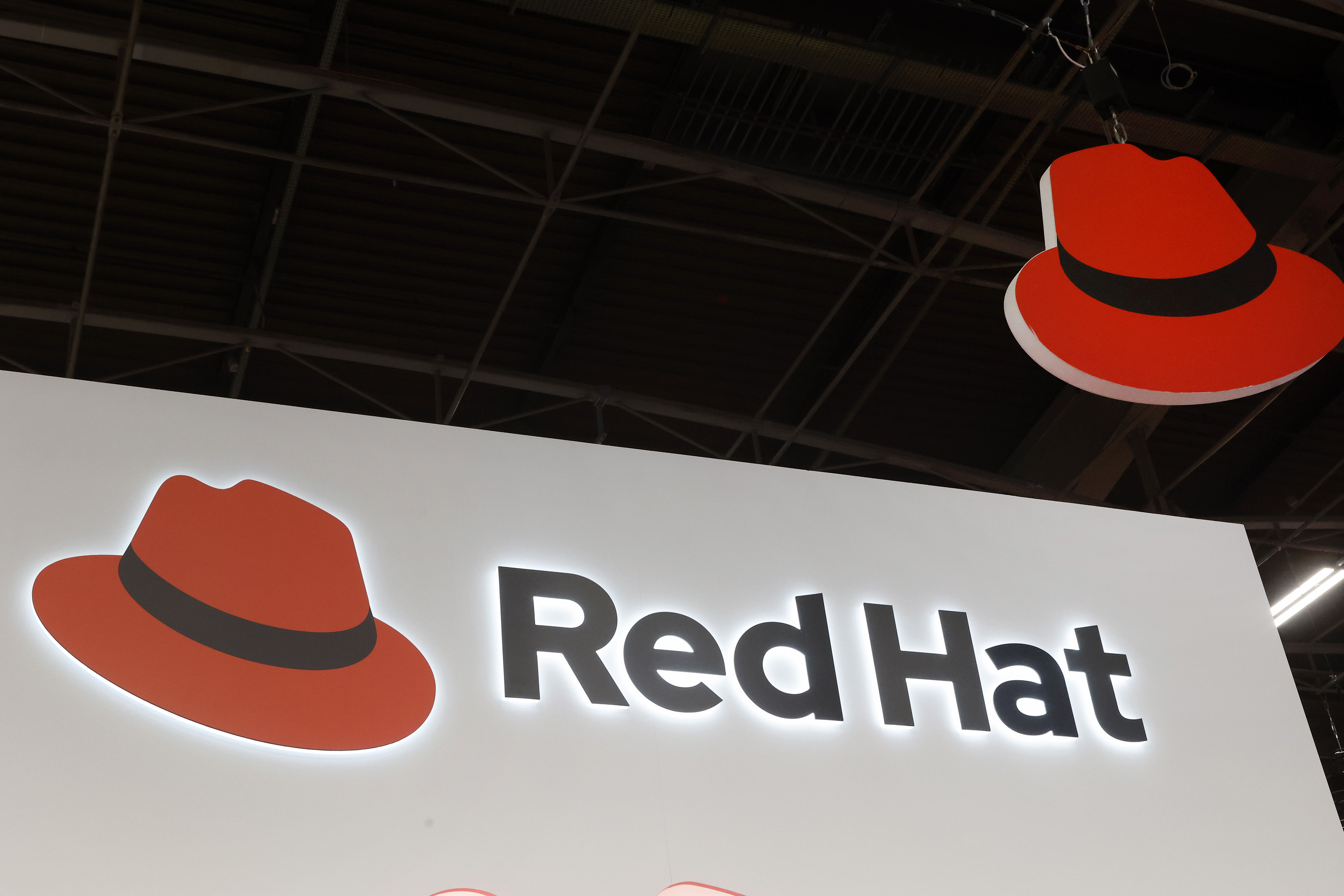 Red Hat Enterprise Linux becomes foundational operating system for Cohesity Data Cloud
Red Hat Enterprise Linux becomes foundational operating system for Cohesity Data CloudNews New strategic partnership between Red Hat and Cohesity aims to drive innovation in the data security and management space
-
 Ubuntu shifts to four-week update cycle
Ubuntu shifts to four-week update cycleNews Critical fixes will also come every two weeks, mitigating the issues involved with releasing prompt patches on the old three-week cadence
-
 AlmaLinux follows Oracle in ditching RHEL compatibility
AlmaLinux follows Oracle in ditching RHEL compatibilityNews Application binary compatibility is now the aim with 1:1 now dropped
-
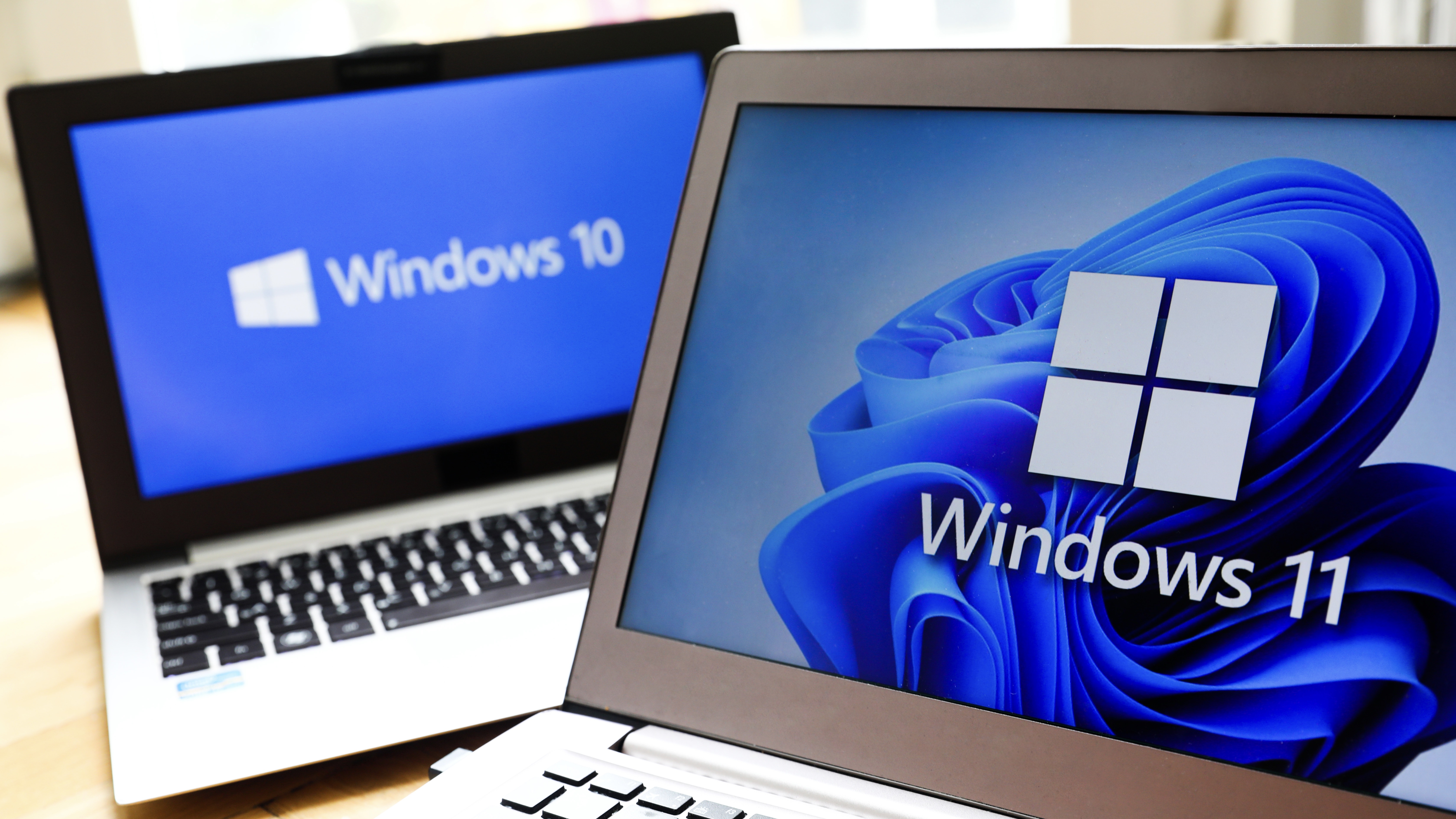 How big is the Windows 10 cliff-edge?
How big is the Windows 10 cliff-edge?ITPro Network With some comparing the upcoming Windows 10 end of life to Windows XP, we ask members of the ITPro Network for their insight
-
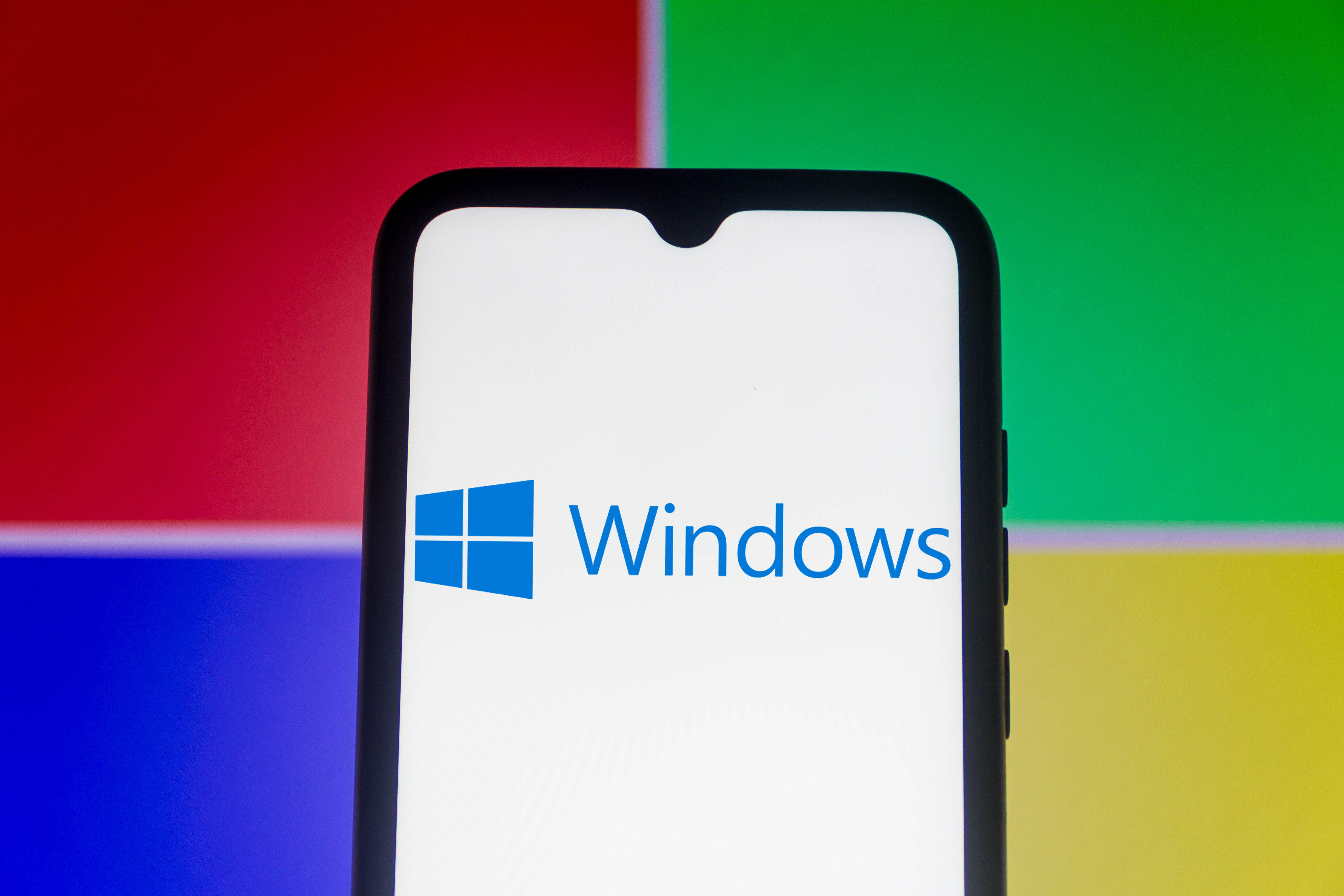 Everything you need to know about the latest Windows 11 updates - from bug fixes to brand-new features
Everything you need to know about the latest Windows 11 updates - from bug fixes to brand-new featuresNews Two new cumulative updates are on the way and will be installed automatically on Windows 10 and Windows 11 machines
-
 How to download a Windows 11 ISO file and perform a clean install
How to download a Windows 11 ISO file and perform a clean installTutorial Use a Windows 11 ISO to install the operating system afresh
